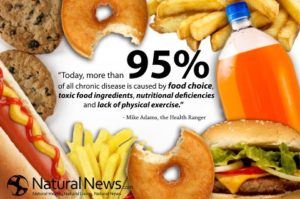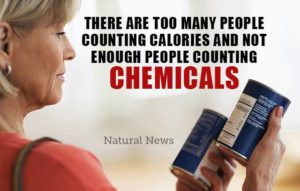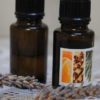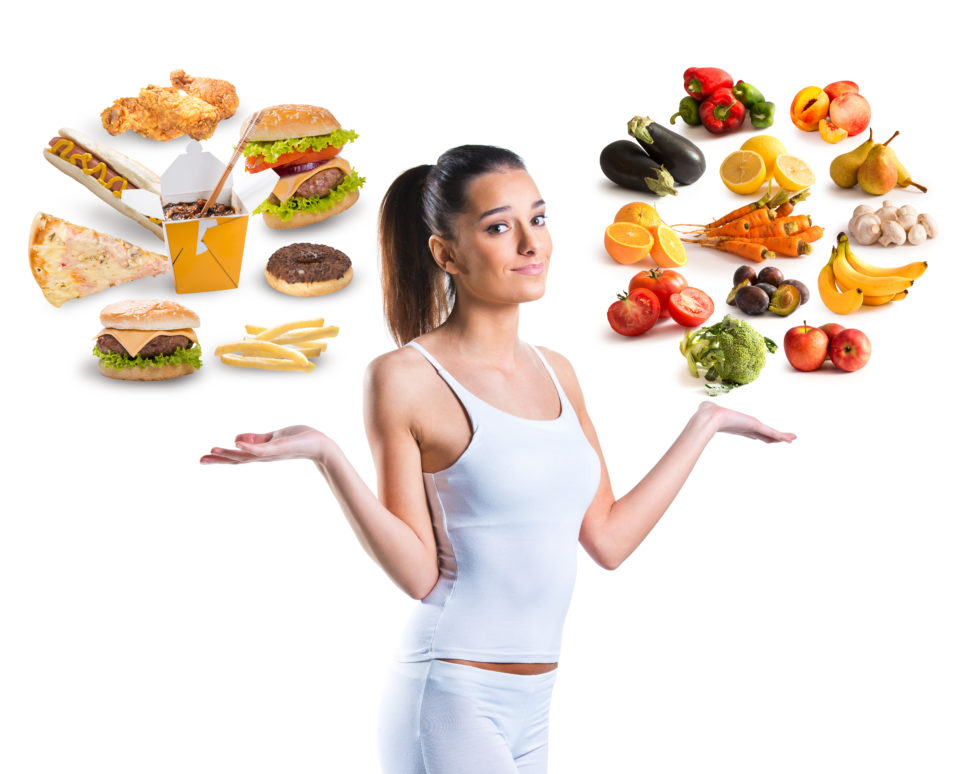A few months ago we jumped into the topic of detoxing your home. I started by talking about what constitutes a toxin.
A quick restatement: MedlinePlus, part of the US National Library of Medicine, states, “Toxins are substances created by plants and animals that are poisonous to humans. Toxins also include some medicines that are helpful in small doses, but poisonous in large amounts. Most toxins that cause problems in humans come from germs such as bacteria. For example, cholera is caused by a poisonous bacteria. Other toxins that cause problems include metals, such as lead, and certain chemicals in the environment.”
I also mentioned that there are other chemicals, toxins, and substances, like BPA (bisphenol A), to consider. With this blog, let’s expand on edibles.
Consumption of processed foods high in chemicals as well as produce exposed to chemicals can be detrimental to your health. Let’s look at some common culprits:
Food dye: Food coloring is “marketing” for food-like substances. Just walk by the bakery in an everyday supermarket, and the cakes look more like plastic artwork than food. Interestingly, the FDA hasn’t banned food coloring. It is banned in Europe. To see the bigger picture, read Food Dyes: Harmless or Harmful? by Registered Dietitian Becky Bell. While the article leans toward the less-concerned side, it provides history, statistics, and facts, including this statement: “Nowadays, food dyes are made from petroleum. Over the years, hundreds of artificial food dyes have been developed, but a majority of them have since been found to be toxic. There are only a handful of artificial dyes that are still used in food.” Petroleum?! Oh no. Studies have linked food coloring to several health concerns, including behavioral problems in children. You can learn more from these articles:
- From The Dark Side Of Food Colors (Plus Natural Coloring Alternatives): “Synthetic food colors have been suspected of triggering behavioral problems in children since the 1970s, and a growing list of new studies show that synthetic dyes cause hyperactivity in sensitive and non-sensitive children.” (Read more here.)
- From DIET AND NUTRITION: The Artificial Food Dye Blues: “Artificial dyes derived from petroleum are found in thousands of foods. In particular breakfast cereals, candy, snacks, beverages, vitamins, and other products aimed at children are colored with dyes.” (Read more here.)
- From Scientific American, Does Artificial Food Coloring Contribute to ADHD in Children? The FDA maintains dyes are safe, but some studies have linked them to hyperactivity in children.
This article includes a fascinating quote from a local expert. “But Joel Nigg, professor of psychiatry, pediatrics and behavioral neuroscience at Oregon Health & Science University, says the studies support the link between dyes and hyperactivity. ‘The literature here is so sparse that on the one hand you can sympathize with those who want to take a wait-and-see attitude. But on the other hand, when we do look at the literature we have, it’s surprising that we do see effects that seem to be real,’ he says. ‘Do you want to take a chance that these initial studies are wrong and put kids at risk or do you want to take a chance that they’re right? We have to work on the data we have.’
What to do? Always pick whole fresh foods first. If you’re doing a packaged food, read the label. You’ll start to see what’s really in the product—and if it’s actually food to begin with.
Preservatives: The concept of keeping food fresh is a great idea. The problem is when the preservation method involves coating food with chemicals that can be detrimental to people’s health.
 Common preservatives are nitrates and nitrites, including sodium nitrate, butylated hydroxyanisole (BHA), butylated hydroxytoluene (BHT), sodium benzoate, benzoic acid, sulphites (like sulphur dioxide), and sorbates, such as sodium sorbate and potassium sorbate.
Common preservatives are nitrates and nitrites, including sodium nitrate, butylated hydroxyanisole (BHA), butylated hydroxytoluene (BHT), sodium benzoate, benzoic acid, sulphites (like sulphur dioxide), and sorbates, such as sodium sorbate and potassium sorbate.
What are some of the potential problems with consuming preservatives?
- A 2017 study found that “food preservatives may be harmful to beneficial bacteria in the human body, according to a study at University of Hawaiʻi Maui College. The research found that sulfites in food preservatives killed or inhibited the growth of the good bacteria when tested at levels generally regarded as safe by the U.S. Food and Drug Administration.”
- Men’s Journal covers preservatives and other chemicals in The 9 Scariest Food Additives You’re Eating Right Now. Here’s one quote about BHA and BHT: “Antioxidants are normally good, right? Not in this case. BHA and BHT are antioxidant preservatives used in cereals, potato chips and chewing gum to keep them from going rancid. The Department of Health and Human Services pegged them as known carcinogens, but, mysteriously, the FDA allows them. The additives negatively impact sleep and appetite, and have been associated with liver and kidney damage, hair loss, behavioral problems, and cancer.” Not to mention they are banned in Europe.
- A synopsis from a study in the International Journal of Scientific and Research Publications summarizes the hazards of preservatives in food. “Preservatives are used to increase the shelf life of food and to maintain the quality for longer time. It has been reported that chemicals which are used as preservatives have side effects. The reaction of preservatives can be very mild to life-threatening. It is best to eat a preservative-free diet if at all possible.”
What can you do? Always pick whole fresh foods first. If you’re doing a packaged food, read the label. (Are you starting to notice a theme?)
As you start or expand your label-reading prowess, learn one category or chemical at a time. There’s no need to act like you’re cramming for finals and stress yourself out. Start with the easy ones, like yellow 5 or blue 2 or any color-named food dye. If you see it in the label, leave it and pick another product. You can also start out by reading this short and handy How to Read Food Labels article.
For the next blog (part 2), we’ll go over more chemicals to be aware of and tips on how to avoid them.



![z31[1]](https://simplywholebydevi.com/wp-content/uploads/2018/06/z311-100x100.jpg)












